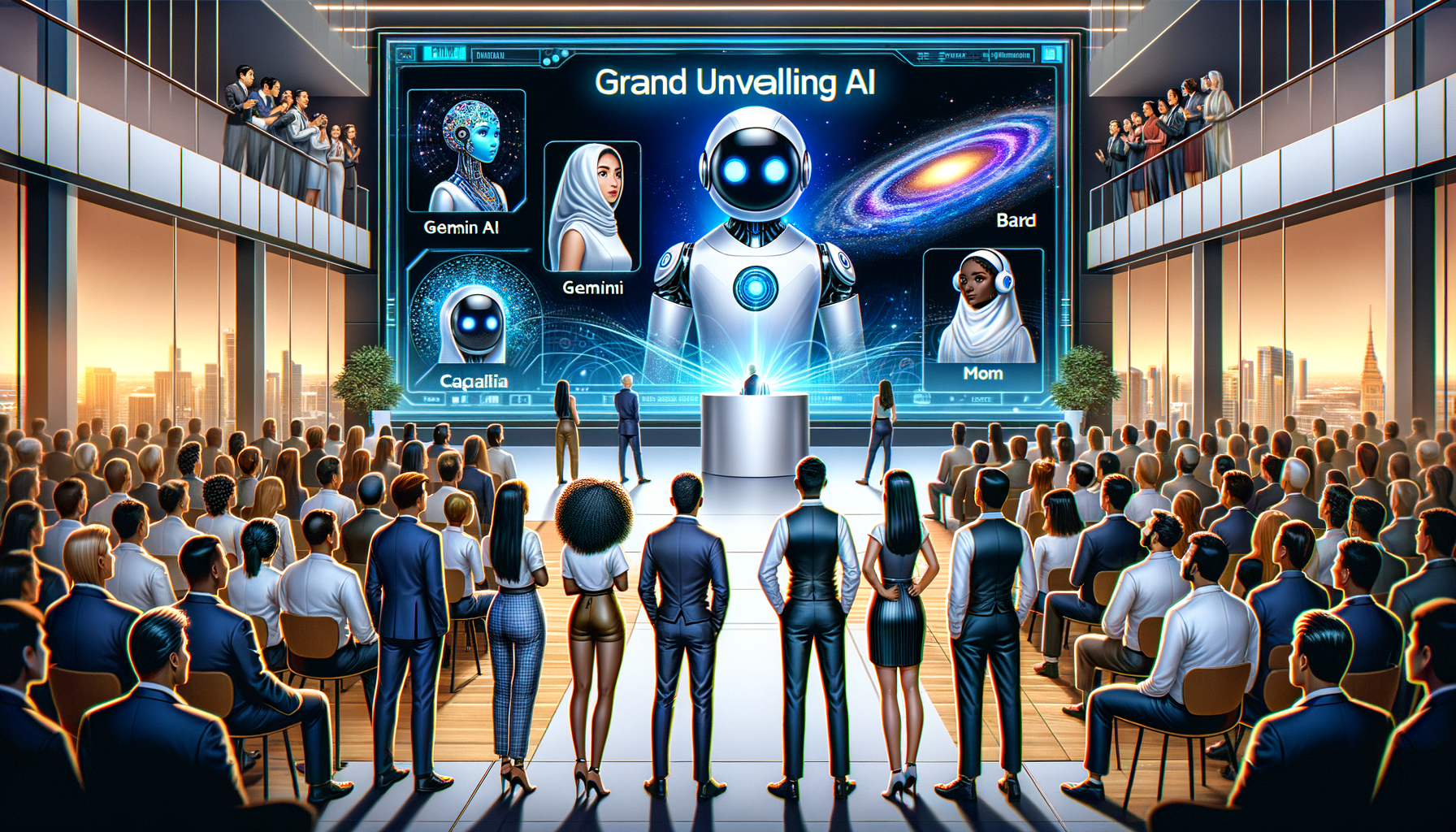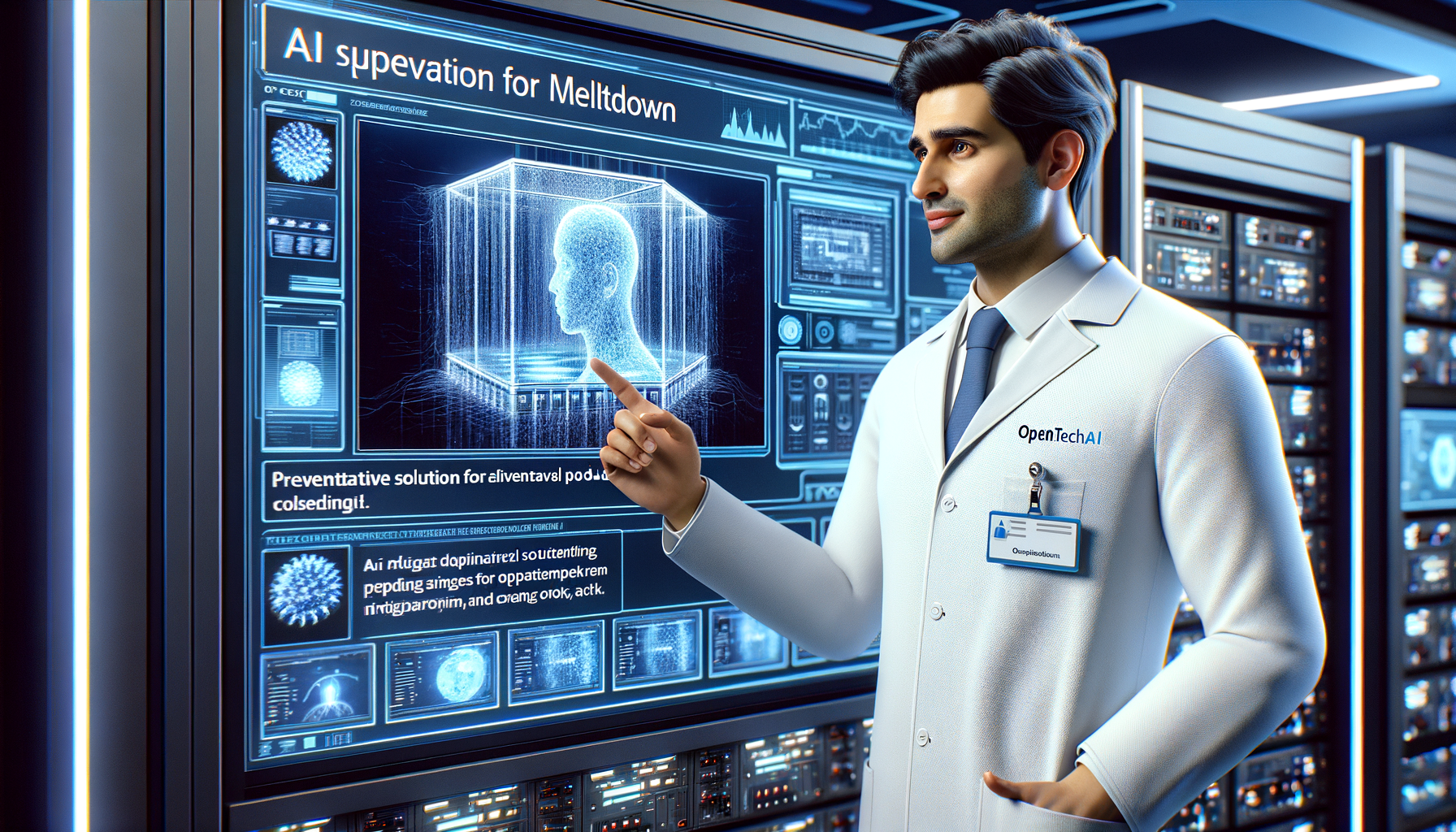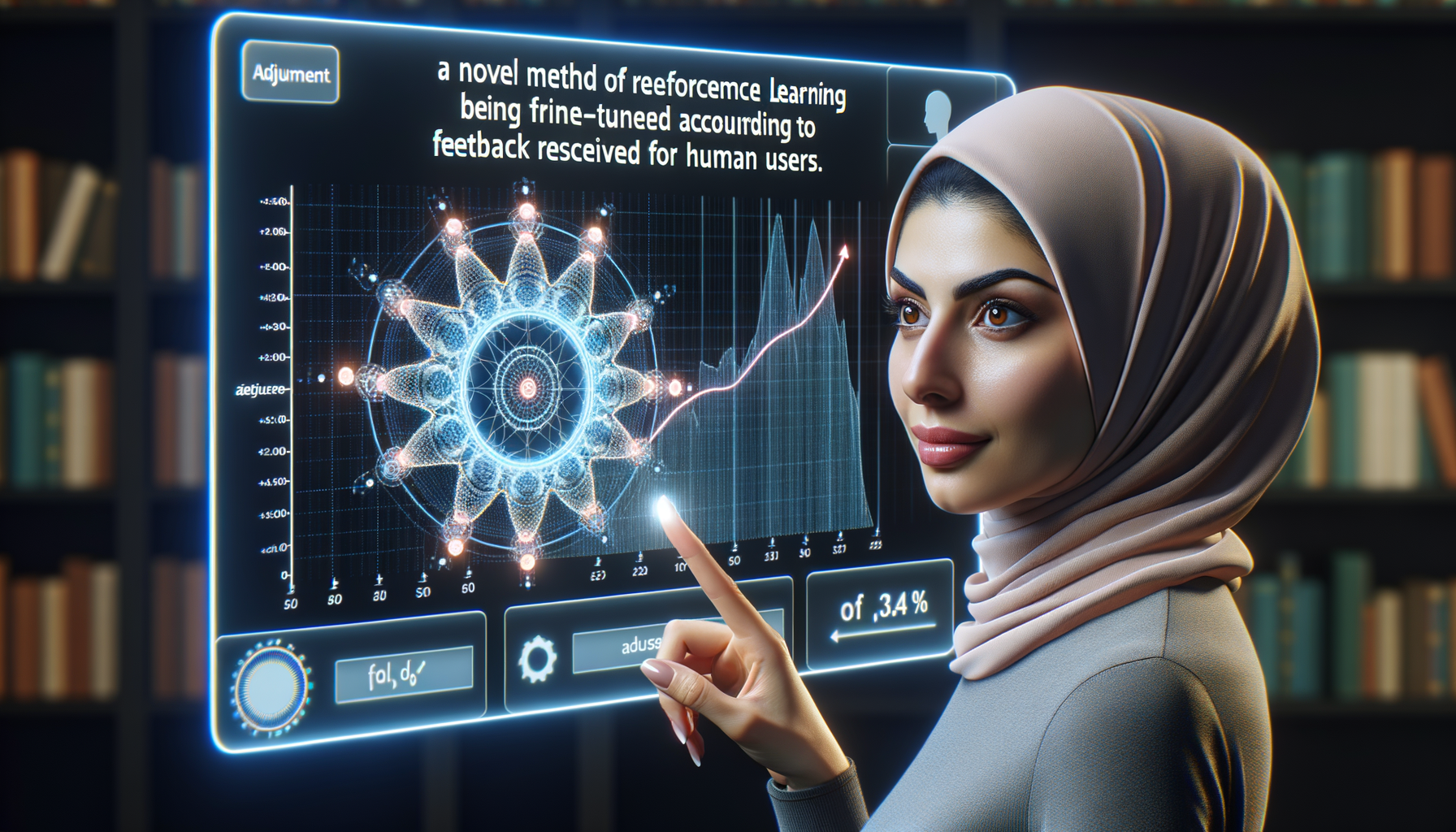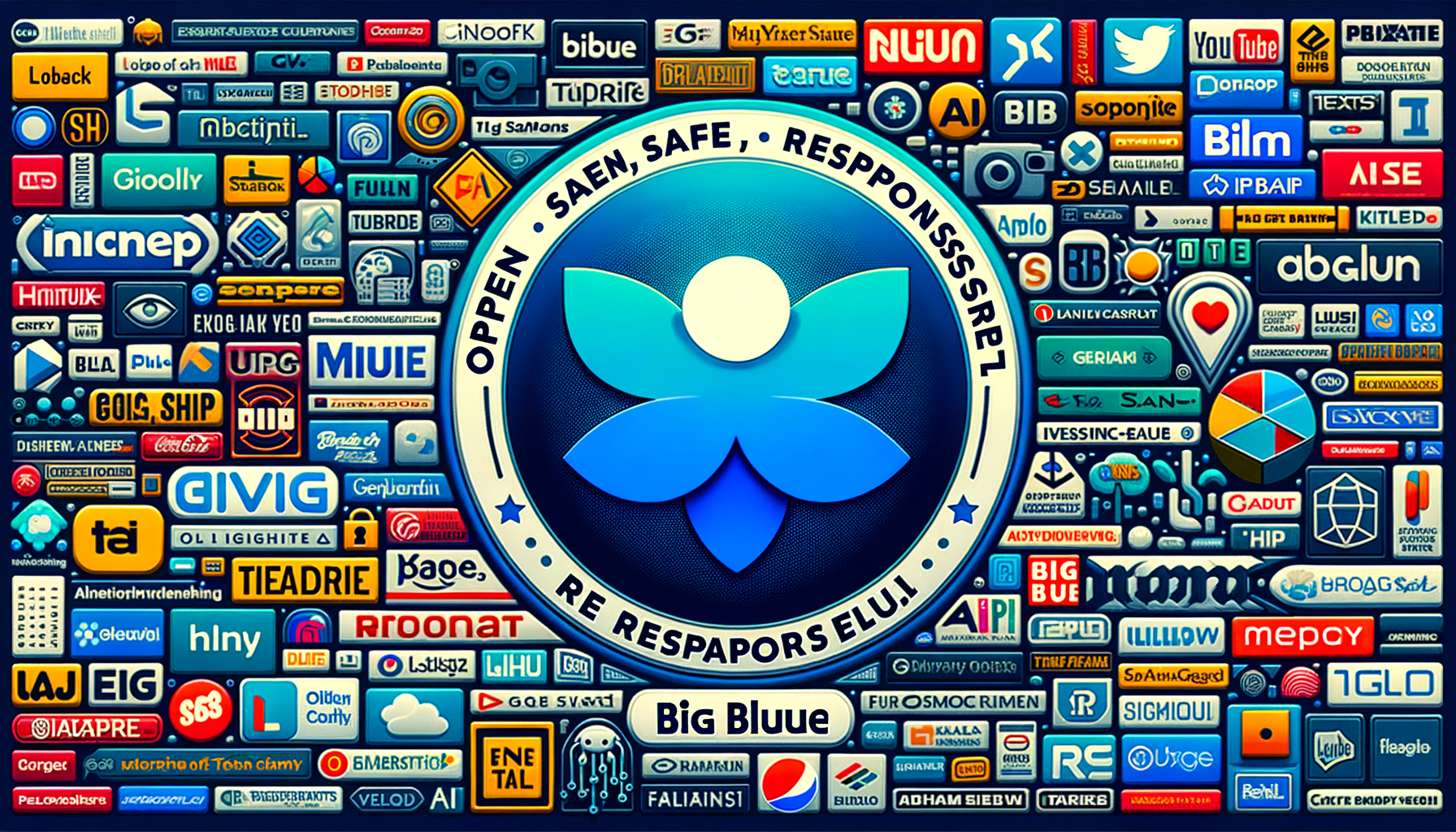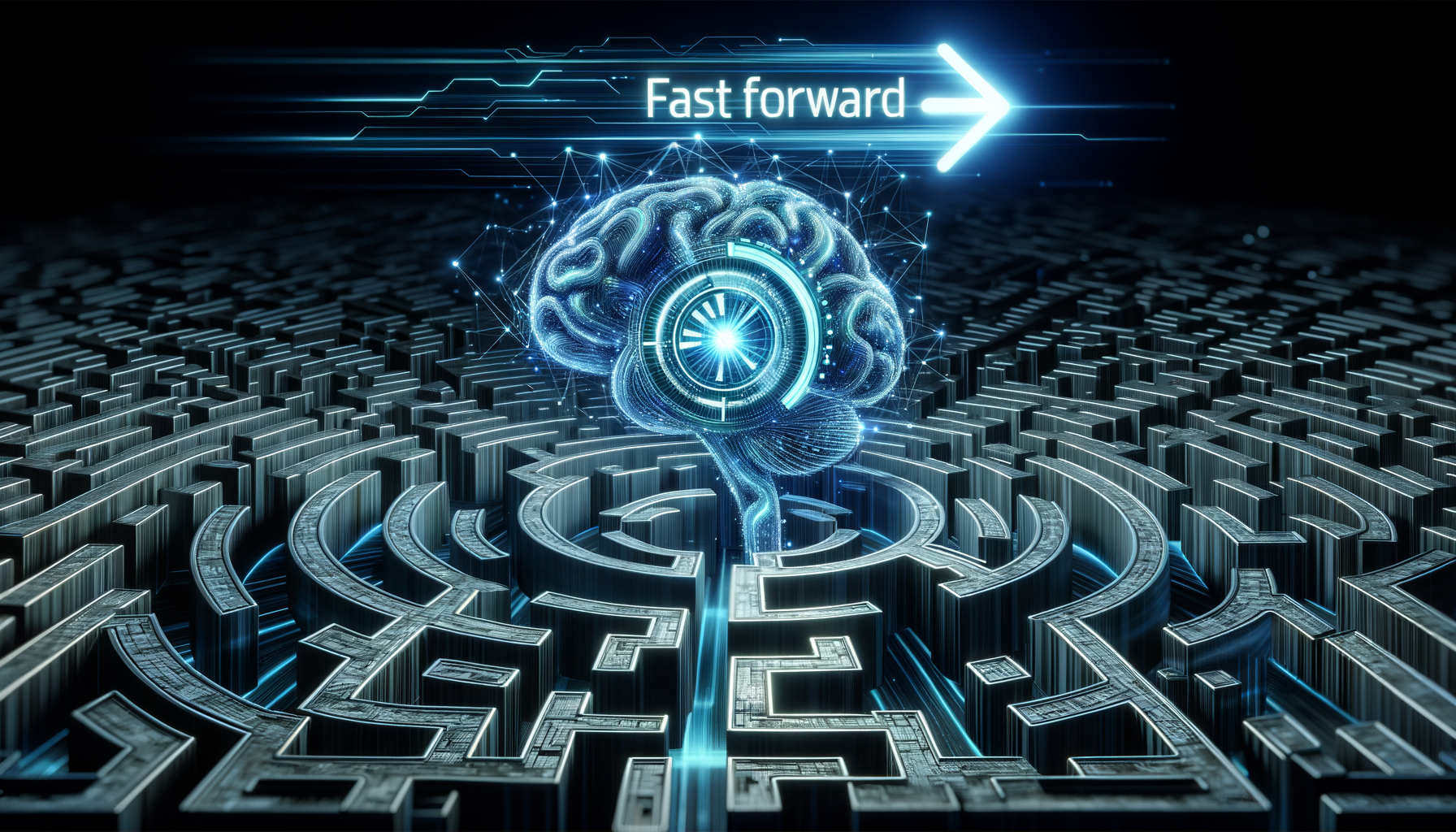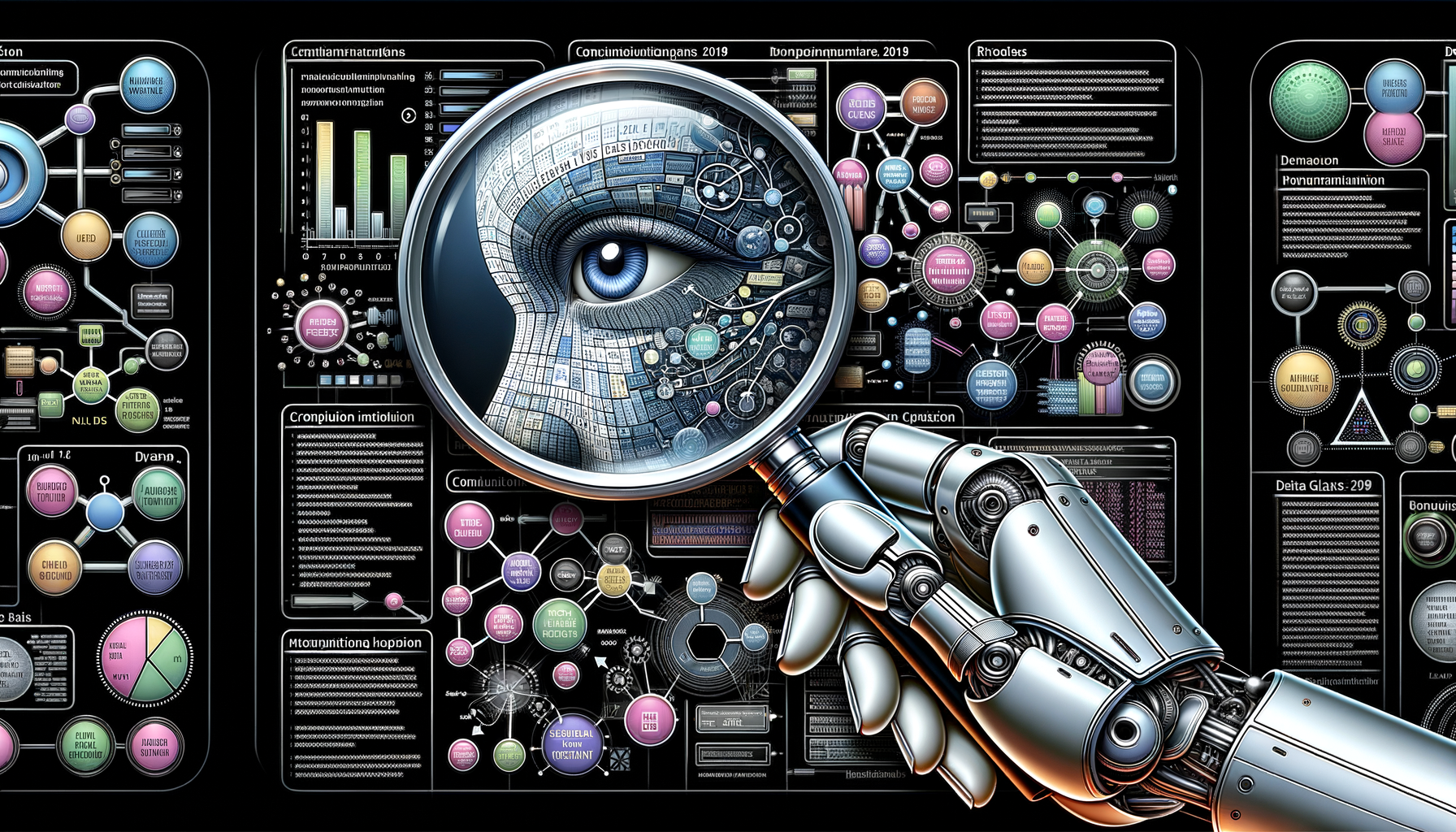
Understanding the Impact of the EU AI Act and the Rise of Mistral: Europe’s AI Star
In a world increasingly driven by artificial intelligence (AI), the European Union’s recent legislative initiatives and the emergence of groundbreaking AI technologies are reshaping the landscape. The EU AI Act, a significant piece of legislation, aims to govern the use and development of AI within the Union’s borders. But even as this act takes center stage, Mistral, a cutting-edge AI developed in Europe, is stealing the spotlight and showcasing the potential of European AI innovation. Let’s delve into the details of the EU AI Act and the exciting developments surrounding Mistral.
The EU AI Act: A Regulatory Framework for AI
The EU AI Act is a pioneering move by the European Union to set up a comprehensive regulatory framework for AI. The act categorizes AI applications based on their risk to citizens’ rights and safety, ranging from ‘unacceptable risk’ to ‘minimal risk’. This legislation aims to ensure that AI systems are safe, transparent, and accountable, while also fostering innovation and public trust in the technology.
For companies and developers, understanding and complying with the EU AI Act is crucial. The act outlines strict requirements for ‘high-risk’ AI applications, including rigorous testing, transparency measures, and adherence to strict data governance protocols. These requirements will affect a broad range of industries, from healthcare to finance, and even consumer products. As such, businesses that want to stay ahead in the European market must start preparing for the act’s implementation now.
Mistral: The AI System Making Waves in Europe
Amidst the regulatory developments, Mistral has emerged as a beacon of European AI prowess. Developed by a coalition of European researchers and companies, Mistral is an AI system designed to tackle complex tasks with efficiency and precision. Its applications range from language processing to predictive analytics, making it a versatile tool for both businesses and researchers.
Mistral’s capabilities are not just theoretical. The system has already demonstrated its potential in various real-world scenarios, positioning Europe as a key player in the global AI race. With Mistral’s continued development and deployment, we can expect to see a surge in innovative AI-driven solutions emerging from Europe.
How Businesses Can Leverage Mistral and Navigate the EU AI Act
For businesses looking to integrate AI into their operations or develop new AI-driven products, understanding both Mistral and the EU AI Act is essential. By harnessing Mistral’s advanced capabilities, companies can improve efficiency, unlock new insights, and create more personalized experiences for customers.
However, it’s important to keep the EU AI Act’s provisions in mind. Businesses must ensure that their use of AI, including technologies like Mistral, complies with the act’s regulations. This may involve investing in compliance programs, revamping data handling practices, or seeking legal advice to navigate the complexities of the new law.
For those interested in exploring Mistral further or seeking resources to understand the EU AI Act, there are a number of books and guides available. Here are a few recommendations:
- Artificial Intelligence and Law – This book provides a comprehensive overview of the legal aspects of AI, which could be invaluable for understanding the EU AI Act.
- AI Ethics – As the EU AI Act emphasizes ethical considerations, this book can help businesses align their AI strategies with ethical standards.
- European Artificial Intelligence Leadership – Get insights into how Europe is positioning itself as a leader in AI, with a focus on initiatives like Mistral.
Conclusion
The EU AI Act represents a major step towards a regulated AI environment, which could set the standard for global AI governance. Meanwhile, the development of Mistral underscores Europe’s commitment to advancing AI technology. As businesses navigate this evolving landscape, staying informed and prepared will be key to leveraging AI’s potential while remaining compliant with new regulations. Keep an eye on these developments; they will undoubtedly shape the future of AI both in Europe and worldwide.
Whether you are an AI developer, a business leader, or simply an AI enthusiast, the interplay between the EU AI Act and the advancements of European AI technologies like Mistral will be a fascinating space to watch.








































